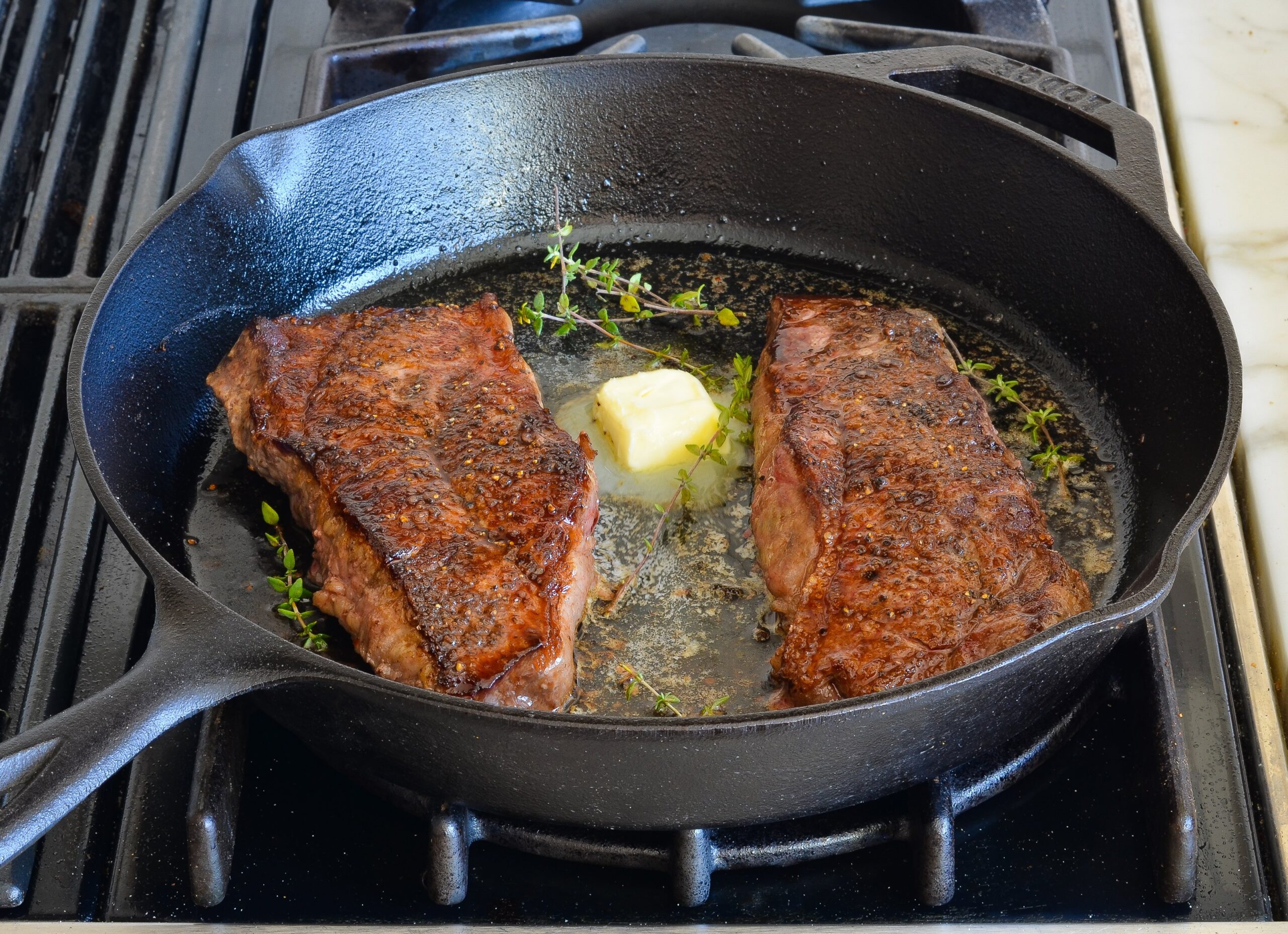Cooking on a charcoal grill invites a delicious symphony of smoky flavors that can transform a simple meal into an unforgettable experience. Whether it’s a thick-cut steak, delicate fish fillet, or juicy pork chop, the art of charcoal grilling is all about harnessing the power of fire and smoke to create mouthwatering dishes. The key to success lies in understanding the nuances of your grill, the characteristics of your ingredients, and the dance of direct and indirect heat.
How to Use a Charcoal Grill?
Embarking on your charcoal grilling journey begins with mastering the grill setup. Start by choosing the right charcoal; lump charcoal burns hotter and cleaner, while briquettes offer a consistent burn rate. Ensure your grill is clean and position the charcoal on one side if you plan to use both direct and indirect heat methods.
The lighting of the charcoal is pivotal. Chimney starters are a safe and efficient way to get your coals glowing red. Once lit, distribute them evenly for direct cooking or bank them to one side for a dual cooking zone setup. Controlling the airflow with vents is crucial; open vents mean higher temperatures, while closed vents will smother the flames.
Grilling requires attention and patience. Preheat the grate to avoid sticking, and keep tools at hand. Always have a spray bottle of water ready to douse any unexpected flare-ups, and remember that good grilling is a mix of vigilance and letting the charcoal do its work.
What Is the Difference Between Direct and Indirect Cooking?
Understanding the difference between direct and indirect cooking methods is essential to grilling. Direct heat involves cooking food directly over the coals, perfect for searing steaks, burgers, and other quick-cook items. It’s all about the sizzle and char that gives grilled foods their distinctive allure.
On the other hand, indirect heat is akin to oven-roasting, where the food is placed next to, not directly over, the coals. This method is ideal for larger cuts of meat or dishes requiring longer cook times, such as whole chickens or pork shoulders, as it allows for even cooking without the risk of charring.
Manipulating the vents on your charcoal grill can enhance or reduce temperatures, giving you control over your cooking environment. Remember to adjust the lid position as well—fully closed to retain heat for indirect cooking, or open for direct grilling action.
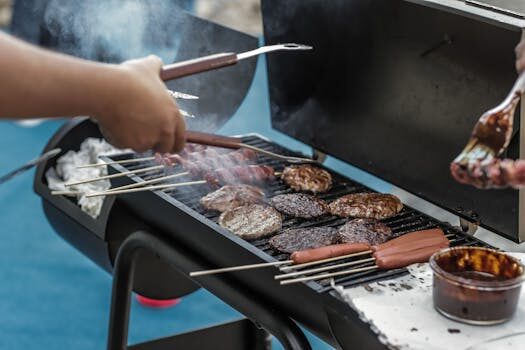
How to Cook Chicken On a BBQ?
Chicken, with its lean meat and versatile flavor profile, is a grilling favorite. Season or marinate your chicken beforehand for maximum flavor. For whole chickens or thicker cuts, indirect cooking is the method of choice. It allows the meat to cook through without drying out the exterior.
Use a meat thermometer to check for doneness, aiming for an internal temperature of 165°F. If you’re cooking smaller pieces like drumsticks or wings, direct heat can create that irresistible crispy skin while keeping the inside juicy.
Avoid frequent flipping and maintain a steady temperature. For added flair, baste your chicken with a sauce towards the end of cooking to prevent sugar burns and achieve a glossy, flavorful finish.
How to Cook Lamb Chops On a BBQ?
Lamb chops are a luxurious treat that excel on the grill. Marinate them in herbs and garlic to complement their rich flavor. Grilling over direct heat quickly sears the outside, developing a flavorful crust while preserving the tender interior.
 Why is my hydrangea not blooming? 5 potential problems and solutions
Why is my hydrangea not blooming? 5 potential problems and solutionsKeep the lid open, watch for flare-ups, and aim for an internal temperature between 125°F (medium-rare) to 145°F (medium-well), depending on preference. Resting the chops after grilling allows the juices to redistribute, ensuring a succulent bite every time.
How to Cook Pork On a BBQ?
Pork, with its varied cuts, calls for different grilling approaches. A juicy pork chop is prime for direct heat cooking, achieving a quick sear and delicious char. Brine your chops for extra moisture and flavor, and cook until the internal temperature reaches 145°F, followed by a rest period.
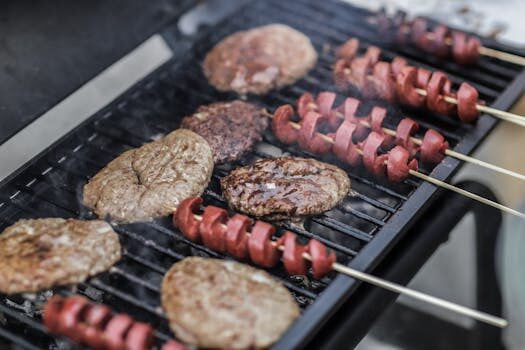
For larger cuts like pork shoulder or ribs, indirect heat allows the meat to become tender and flavorful over a longer cooking period. Implementing a two-zone grill setup lets you move the pork between direct and indirect heat as needed, controlling the cooking process and preventing drying or burning.
How to Cook Seafood On a BBQ?
Seafood thrives on the grill, especially when cooked over a high-temperature direct heat. The key is a clean, well-oiled grate and quick cooking times. Whether you’re grilling whole fish or fillets, the skin should be crisp, with the flesh remaining moist and flaky.
Shellfish like shrimp and scallops require just minutes per side to turn succulent. Avoid overcooking, which can result in a rubbery texture. Seafood’s delicate nature pairs well with a light seasoning or a simple brush of olive oil and lemon.
How to Cook Vegetables On a BBQ?
Don’t forget the veggies! Grilled vegetables are a healthy and colorful addition to any BBQ. Cut them into uniform sizes for even cooking, and toss them in a light coating of oil and seasoning. Direct heat brings out their natural sweetness through caramelization.
For denser vegetables like potatoes or carrots, start with indirect heat to cook through, then transfer to direct heat for finishing. Use a grill basket for smaller items to prevent them from falling through the grates, and always serve them hot off the grill for the best flavor.
Related Questions About Charcoal Grilling Techniques
How Do You Season a Steak for the BBQ?
Seasoning a steak for the BBQ starts with a generous sprinkle of salt and pepper. Allow the meat to come to room temperature before grilling to ensure even cooking. For added depth, consider a dry rub of spices or a few hours in a flavorful marinade.
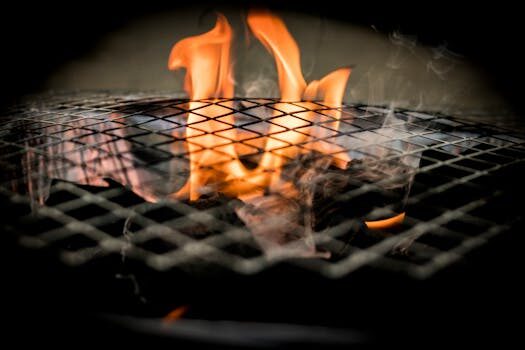
Remember to pat the steak dry before placing it on the grill to achieve the perfect sear. After grilling, let the steak rest for a few minutes to allow the juices to redistribute, resulting in a more tender, flavorful cut.
What Are the Best Charcoal Grill Recipes?
The best charcoal grill recipes play to the strengths of the grill’s smoky flavor. Classics like BBQ ribs, marinated chicken thighs, and vegetable skewers are always hits. Experiment with different marinades, rubs, and sauces to find your personal favorites.
 How to grow cherries: now is the perfect time to plant your cherry tree
How to grow cherries: now is the perfect time to plant your cherry treeSeafood, particularly when paired with bright, citrus-based marinades, also makes for standout grilling fare. And don’t overlook fruits like peaches or pineapples, which develop a rich sweetness when grilled.
How Much Charcoal Should I Use?
The amount of charcoal you use should be based on the size of your grill and the cooking method. For direct heat, cover the grill bottom with a single layer of charcoal. For indirect heat, use enough charcoal to fill roughly half of the grill bed to create distinct cooking zones.
Adjust the amount depending on the cooking duration and desired temperature. More charcoal equals higher heat, while fewer coals offer a cooler, more controlled cooking environment.
How to Use Charcoal Grill Vents?
Charcoal grill vents regulate airflow, which in turn controls the temperature. Open vents mean more oxygen and higher heat, while closed vents reduce oxygen and lower the heat. Use the top vent to fine-tune the temperature while the bottom vent primarily fuels the fire.
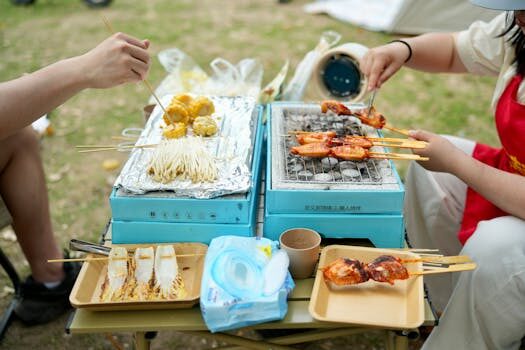
During cooking, adjust the vents progressively, as drastic changes can affect temperature and cooking times. And remember, always keep the vents at least partially open to prevent the fire from going out.
What’s the Difference Between Briquette Charcoal and Lump Charcoal?
Briquette charcoal is made from compressed sawdust and binders, offering a uniform shape, size, and burn time. It’s ideal for consistent, low and slow cooking. Lump charcoal, made from hardwood pieces, burns hotter and cleaner, which is great for searing and high-heat grilling.
Choose briquettes for longer cooking sessions and lump charcoal for times when you need high heat and a quick cook. Each type has its merits, and the choice often comes down to personal preference and the specific cooking task.
As you delve into the world of charcoal grilling, remember that every grill is unique, and practice makes perfect. Whether you’re cooking a simple dinner for one or a feast for a crowd, the techniques discussed here will help you wield your tongs with confidence and serve up dishes that evoke the spirit of summer any time of the year.
For a visual guide to enhance your grilling techniques, watch this informative video:
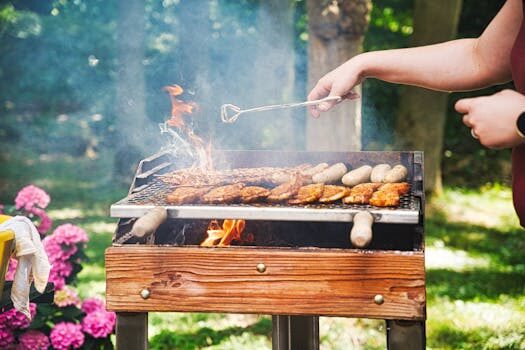
 How to clean an outdoor rug in 5 easy steps: a simple guide to getting it right
How to clean an outdoor rug in 5 easy steps: a simple guide to getting it right
